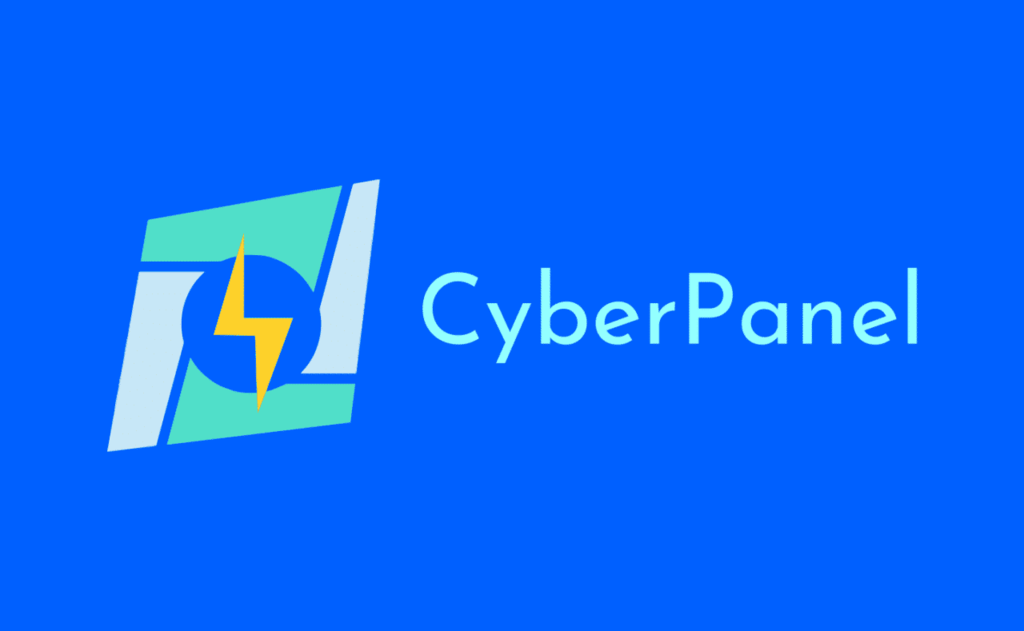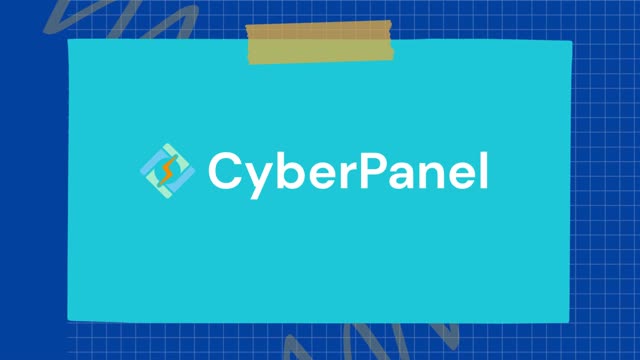In the digital landscape, securing your server environment is paramount, and CyberPanel stands as a versatile control panel solution increasingly favored by users. However, the security of your CyberPanel setup is of utmost importance to safeguard your data and operations. This article explores various measures and best practices to fortify CyberPanel security effectively. More details can be found in the original article on CyberPanel Security.
Why CyberPanel Security Matters:
CyberPanel serves as the gateway to your server, housing critical data and managing website operations. Securing CyberPanel ensures protection against potential breaches, data loss, and unauthorized access, preserving the integrity of your digital assets and operations. In an era where cyber threats are continually evolving, prioritizing CyberPanel security is crucial not only for protecting sensitive information but also for maintaining operational continuity and customer trust.
Without proper security measures, your CyberPanel environment could be vulnerable to various attacks, including brute force attacks, SQL injections, cross-site scripting (XSS), and distributed denial-of-service (DDoS) attacks. Such breaches can lead to severe consequences, including data theft, financial losses, and damage to your organization’s reputation. Therefore, implementing comprehensive security strategies is essential to mitigate these risks and ensure the safety of your digital infrastructure.


How to Secure CyberPanel:
Implementing robust security measures involves aspects such as fortifying access controls, ensuring regular software updates, deploying firewalls, enabling encryption, and employing intrusion detection systems. These measures collectively enhance the resilience of your CyberPanel environment against diverse cyber threats. Let’s delve deeper into each of these security aspects:
1. Fortifying Access Controls: The first line of defense is ensuring that only authorized personnel have access to your CyberPanel dashboard. Implementing strong, unique passwords and enabling two-factor authentication (2FA) are essential steps in securing access. Additionally, regularly auditing user accounts and permissions helps prevent unauthorized access.
2. Regular Software Updates: CyberPanel, like any software, receives updates that patch security vulnerabilities and improve functionality. Ensuring that your CyberPanel installation and all associated software (e.g., web servers, databases) are up-to-date is crucial in maintaining a secure environment. Automatic updates or regular manual checks can help you stay current with the latest security enhancements.
3. Deploying Firewalls: Firewalls act as a barrier between your server and potential threats from the internet. Configuring a firewall with strict rules for incoming and outgoing traffic can significantly reduce the risk of unauthorized access and attacks. CyberPanel provides built-in firewall management tools, making it easier to implement and manage these defenses.
4. Enabling Encryption: Encryption is vital for protecting data in transit and at rest. Ensure that SSL/TLS certificates are properly configured to secure communications between your server and clients. Additionally, consider encrypting sensitive data stored on the server to prevent unauthorized access in the event of a breach.
5. Employing Intrusion Detection Systems (IDS): IDS tools monitor your server environment for suspicious activities and potential security breaches. By setting up an IDS, you can receive real-time alerts and take immediate action to mitigate threats. CyberPanel is compatible with various IDS tools, allowing you to integrate this additional layer of security.
Understanding CyberPanel Security Structures:
CyberPanel security structures encompass access management, software patching procedures, network defenses, encryption protocols, and proactive monitoring mechanisms. Understanding these structures empowers administrators to implement comprehensive security strategies tailored to their specific requirements. Let’s break down these structures:
Access Management: Managing who has access to your CyberPanel environment is fundamental to security. Access management structures involve setting up role-based access controls (RBAC), limiting user privileges, and regularly reviewing access logs to detect any unauthorized activities.
Software Patching Procedures: As part of your security structure, establish a regular patch management process. This involves scheduling updates, testing patches in a staging environment before deployment, and documenting all changes to ensure that your system remains secure and functional.
Network Defenses: Network security is a critical aspect of CyberPanel security. Implementing network defenses includes configuring firewalls, setting up virtual private networks (VPNs) for remote access, and using secure protocols like SSH for server management. These defenses help protect your server from external threats.
Encryption Protocols: Data encryption should be a standard practice in your CyberPanel environment. Ensure that SSL/TLS protocols are up-to-date, and consider using encryption for sensitive data stored on your server. This protects your data from being compromised during transmission or in the event of a breach.
Proactive Monitoring Mechanisms: Continuous monitoring is essential for maintaining a secure CyberPanel environment. Implementing monitoring tools that provide real-time alerts and detailed logs can help you identify and respond to potential threats before they cause significant damage.
The Significance of CyberPanel Security:
Beyond mere compliance, CyberPanel security fosters trust among users, mitigates operational risks, and safeguards sensitive data. Moreover, robust security measures protect against reputational damage, financial losses, and legal liabilities, reinforcing the imperative of prioritizing CyberPanel security. The importance of security in today’s digital landscape cannot be overstated.
By investing in comprehensive CyberPanel security measures, you not only protect your own assets but also enhance the trustworthiness of your brand. Customers and clients are more likely to engage with your services if they know that their data is handled securely. Furthermore, strong security practices can prevent costly breaches and downtime, saving your organization time and money in the long run.
Conclusion: In conclusion, fortifying CyberPanel security is an ongoing endeavor necessitating vigilance, proactive measures, and a comprehensive approach. By adhering to best practices, staying abreast of emerging threats, and continuously optimizing security measures, users can enhance the resilience of their CyberPanel environment and uphold the integrity of their digital operations. For more detailed guidance on CyberPanel security, refer to the full article here.




